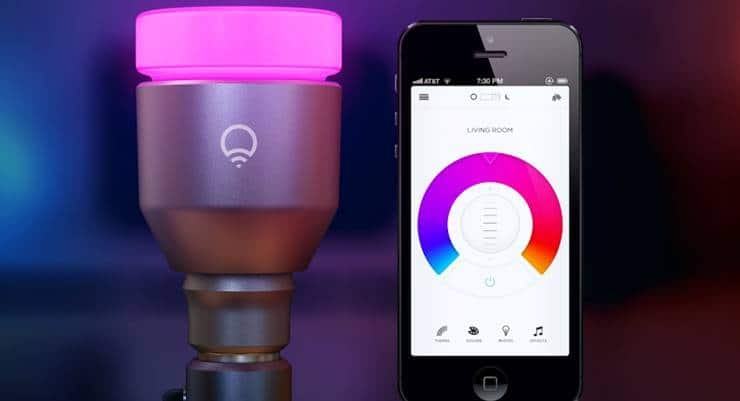At the ongoing Gartner Symposium/ITxpo 2014, Gartner unveiled its forecast for the Internet-of-Things, saying that by 2020, there will be 25 billion connected things on the planet. Just last week, International Data Corporation(IDC) released its figures anticipating the number of connected things to reach 30 billion by the end of the same tenure - Four IoT/M2M Connected 'Things' for Every One Person on the Planet by 2020. The IoT connected things refer to a wide range of end devices which are connected via wireless communication, and which transmit and receive information without the involvement of a human. The ability of 'things' to connect and 'speak' to each other opens up millions of use cases for industrial, commercial and consumer applications across major economic sectors specifically transportation, health, banking, agriculture, logistics, oil and gas and power. Combined with the Internet-of-Everything (IoE) which includes all these connected 'things' as well as every person on the planet who is connected via a mobile device, the IoT/M2M is expected to radically transform the way the economy is structured, the way businesses are run and the way people live.
Gartner's estimates for the IoT segment which is also often referred to as the Machine-to-Machine (M2M) communication speaks of the rapid adoption of IoT/M2M technologies and solutions across these various sectors. According to Gartner, by next year itself, there will be 4.9 billion connected things representing a 30% year-on-year increase. With this level of growth, Gartner anticipates the IoT/M2M services market to grow to $69.5 billion by next year and touch $263 billion by 2020. In its report, IDC expected the total IoT/M2M market to hit $3 trillion in value by 2020.
At the event, Gartner also shared the sectoral breakdown of the installed based of IoT units. The breakdown shows that the consumer sector is poised to contribute the highest number of IoT/M2M connections, growing from 1.8 billion in 2013 to 13.2 billion in 2020. Within the industrial applications, the top three segments expected to lead in 2015 are manufacturing, utilities and transportation making up a total of 736 million connected things, said Gartner with the automotive sector expected to post the highest growth rate at 96% on the back of the widespread deployment of smart meters and the use of M2M communications for fleet management and connected vehicles. However, by 2020, Gartner expects the utilities sector to take over as the top contributing segment followed by manufacturing and government, making up a total of 1.7 billion installed units. According to Gartner, smart city initiatives will drive government spending in the IoT segment leading to large scale deployments of IoT/M2M connected things within this sector.
In its statement, Gartner highlighted that with widespread adoption of the IoT/M2M technologies across various new applications, security will become a mainstream concern. The security concern stems from the fact that with machines communicating freely with each other and generating terabytes of information that is captured and stored within a storage facilitiy, the risk of this information flowing out to the wrong parties, or the risk of this information being abused internally becomes more serious. Unless enterprises know how to handle this data - from storing the massive amounts of information to securing the process by which this information is collected, accessed, processed and shared to other applications and platforms, the IoT/M2M segment can present fresh challenges and will necessitate the development of internal capabilities (including technologies and talent) for the management of the fast growing IoT/M2M businesses.
Jim Tully, vice president and distinguish analyst, Gartner
The digital shift instigated by the Nexus of Forces (cloud, mobile, social and information), and boosted by IoT, threatens many existing businesses. They have no choice but to pursue IoT, like they’ve done with the consumerization of IT.
Steve Prentice, vice president and Gartner Fellow
However, CIOs must understand that the most disruptive impact and competitive threats — and, equally, the greatest competitive opportunities — arise not from simply digitalizing a product or service, but from creating a new business model and value proposition. Organizations must straddle the tension of all the information available from smart things by balancing their desire to collect and analyze it with the risk of its loss or misuse. ...............The number of connected intelligent devices will continue to grow exponentially, giving ’smart things’ the ability to sense, interpret, communicate and negotiate, and effectively have a digital ‘voice’. CIOs must look for opportunities to create new services, usage scenarios and business models based on this growth.




















